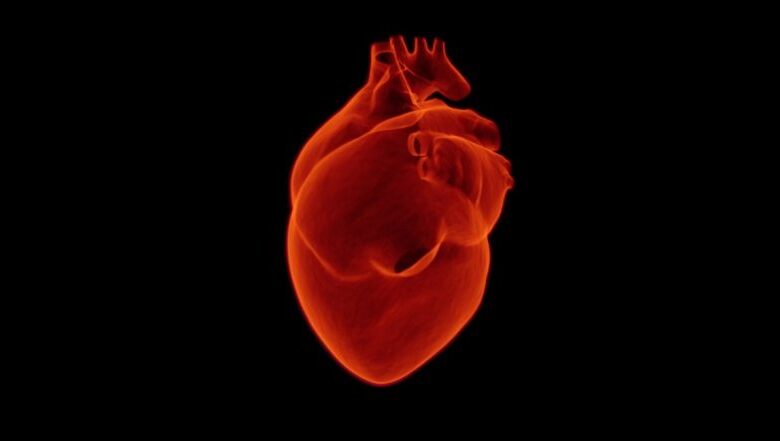Heart Attack First Aid: What Should You Do if Someone May Be Having a Heart Attack? Here Are Some Tips To Follow

A heart attack is a medical emergency that requires immediate attention. Having an informed person around who knows how to deal with such a situation without panicking is important. Knowing exactly what to do in such a critical situation can potentially save a life. Here are the steps you should take if you encounter someone experiencing a heart attack:
Identification of Symptoms
The first and foremost is recognising the signs that someone is suffering from a heart attack. Be aware of the telltale symptoms of a heart attack, including chest pain or discomfort, shortness of breath, lightheadedness, nausea, and pain or discomfort in the arms, back, neck, jaw, or stomach. Immediate recognition is crucial for taking swift action. Blue Monday Phenomenon: Deadly Heart Attacks More Likely to Occur on Start of Working Week, Says Study.
Call Emergency Services
Dial your local emergency number immediately. Convey that you suspect the person is experiencing a heart attack. Provide precise details about their condition and location to ensure a rapid response from trained medical professionals.
Stay by Their side
Offer reassurance and remain with the person until help arrives. Keeping them calm and comfortable is essential, as anxiety can worsen the situation. Encourage them to rest in a comfortable position, preferably sitting up with their knees bent, if it can be done without causing further discomfort. Women More Likely to Die Following Heart Attack Than Men, Reveals Study.
Assist With Prescribed Medication
If the person has been prescribed heart medications, assist them in taking them as directed. These medicines can help alleviate chest pain during a heart attack. Follow their prescribed dosage and administration instructions carefully.
Perform CPR if Necessary
If the person becomes unresponsive, stops breathing, or loses their pulse, initiate cardiopulmonary resuscitation (CPR) immediately. If you are trained in CPR, begin chest compressions and rescue breathing. If you are not trained, the emergency dispatcher can guide you through the steps until medical professionals arrive.
Promote Heart Health Education
Spread awareness about heart attack symptoms and response procedures within your community. Encourage others to learn CPR and participate in first-aid training courses. By equipping more people with life-saving knowledge, we can increase the chances of survival in critical situations.
It is important to remember that swift and well-informed actions can have a better impact on saving someone’s life. Prioritizing preparedness, maintaining composure, and promptly seeking medical assistance is paramount.
(This article is written for an informative purpose and should not be substituted for medical advice. Kindly consult your doctor before trying any tips.)
(The above story first appeared on LatestLY on Jun 08, 2023 06:46 AM IST. For more news and updates on politics, world, sports, entertainment and lifestyle, log on to our website latestly.com).
Share Now




